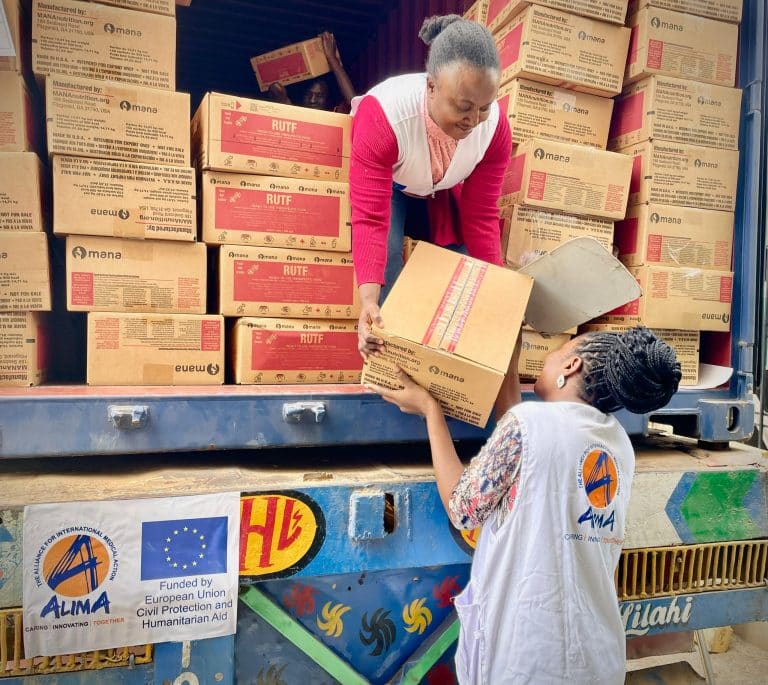1. Ebola is a type of filovirus. After an incubation period of between two and 21 days, the patient may develop symptoms such as high fever, headache, muscle pain, vomiting, diarrhea and, in some cases, internal and external bleeding. The Ebola virus is contagious. It is transmitted from human to human through contact with bodily fluids or secretions of infected patients, including vomit, blood, saliva and sperm.
2. The Ebola virus can be spread to humans who come into direct contact with infected wild animals. Most animal-to-human transmissions are believed to originate from direct contact with infected bats and monkeys. During an outbreak, it is strongly advised not to handle or eat bushmeat.
3. The average mortality rate is about 50%. The mortality rate varies between 25% and 90%, depending on the strain.
4. Symptomatic treatment of the Ebola virus improves the chance of survival. Supportive care, such as rehydration, blood transfusions and kidney dialysis, are among the treatments to help patients survive Ebola. Potential future treatments, including blood, immunological and drug therapies, are being evaluated.
5. An experimental Ebola vaccine, known as rVSV-ZEBOV, was found to be 100% protective against the deadly virus during a trial in Guinea involving more than 11,000 people during the year 2015. This is the first time a vaccine has been tested during an Ebola epidemic.
6. A number of measures are urgently needed to curb outbreaks. To be effective, the response must be based on multiple types of interventions: case management, infection control measures, surveillance and contact tracing, quality laboratory services, safe burials and social mobilization.
7. People must strengthen personal protective measures. Local populations and health personnel must comply with strict hygiene measures, including regular hand-washing, avoiding direct or close contact with suspected cases, wearing gloves and protective equipment to care for the sick, and not touching the bodies of the deceased.
8. The Ebola virus first appeared in DRC in 1976. During this time, two simultaneous outbreaks occurred in Nzara, in present-day South Sudan, and in Yambuku, in the Mongala province of the DRC. Yambuku is located near the Ebola River, which gave its name to the disease.
9. The DRC is experiencing its eighth outbreak of Ebola since 1976. The last one was in 2014 in the province of Ecuador, in the northwest of the country. The outbreak officially caused 49 deaths. It should be noted that the Haut-Uélé province, bordering Bas-Uélé, was hit by an epidemic in 2012. Concentrated in the health zone of Isiro, there were 62 suspect cases, with 34 deaths.
© Caroline Thirion / ALIMA





